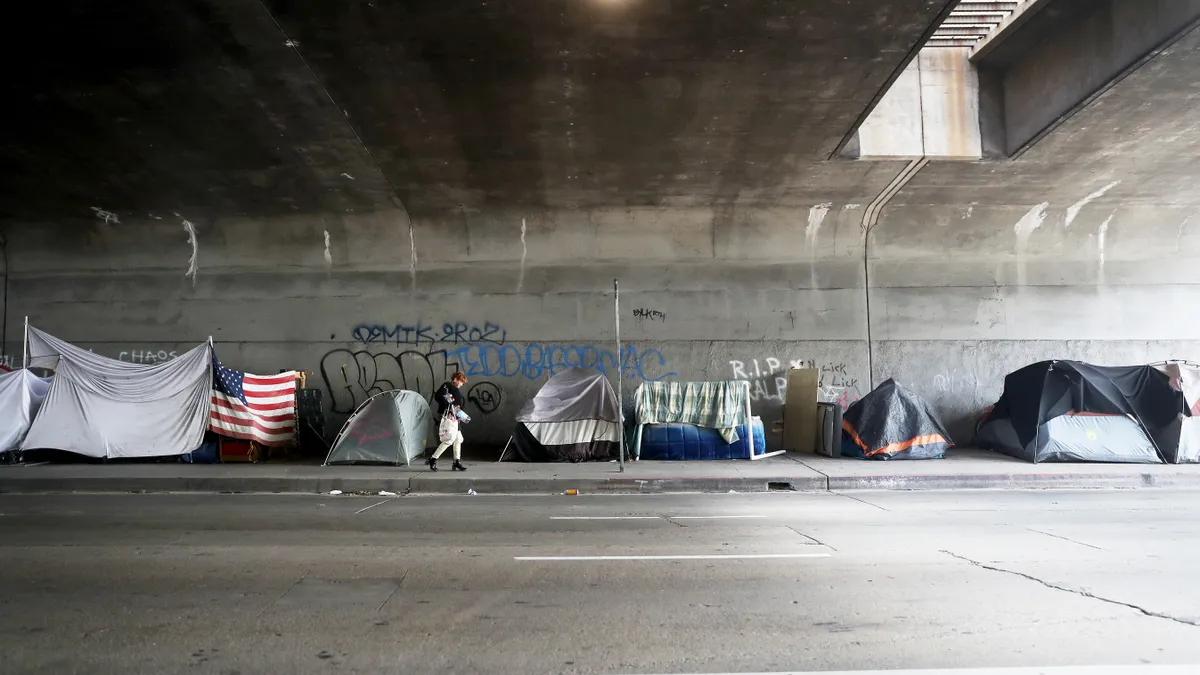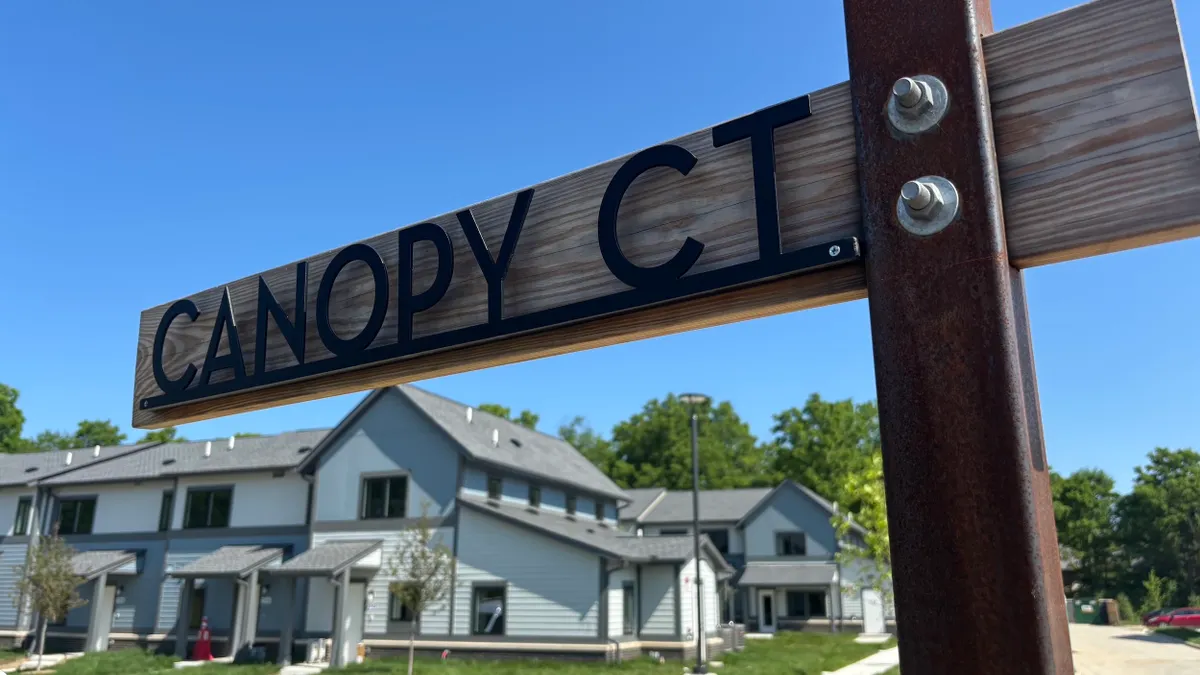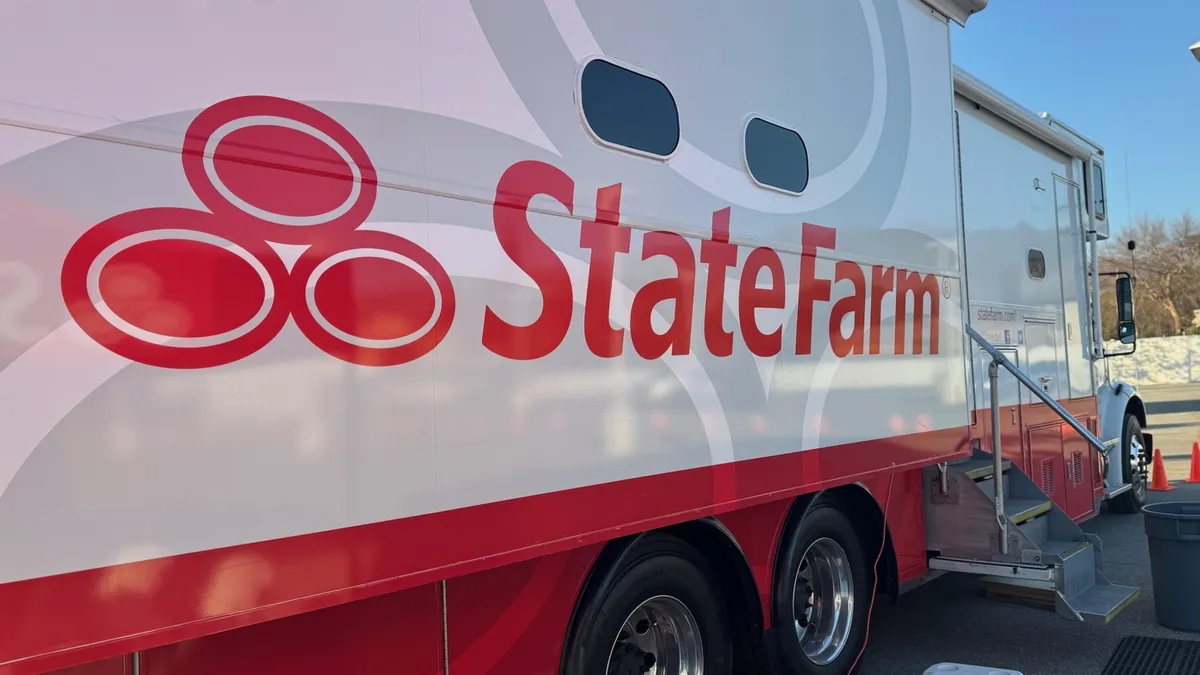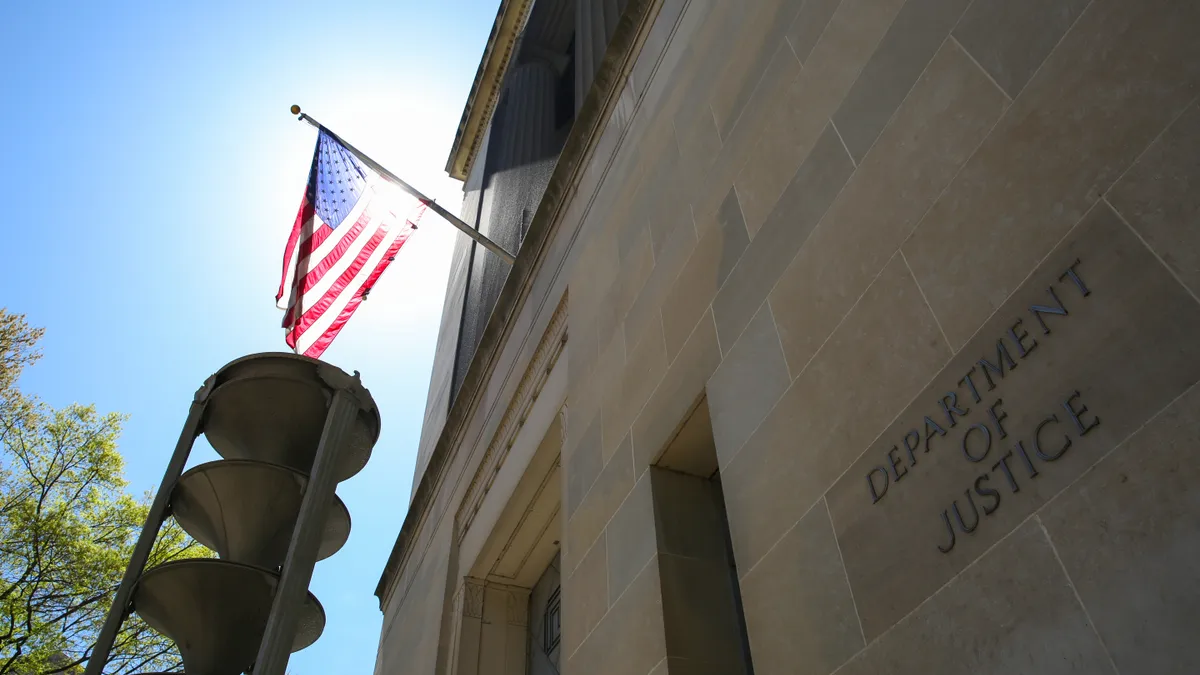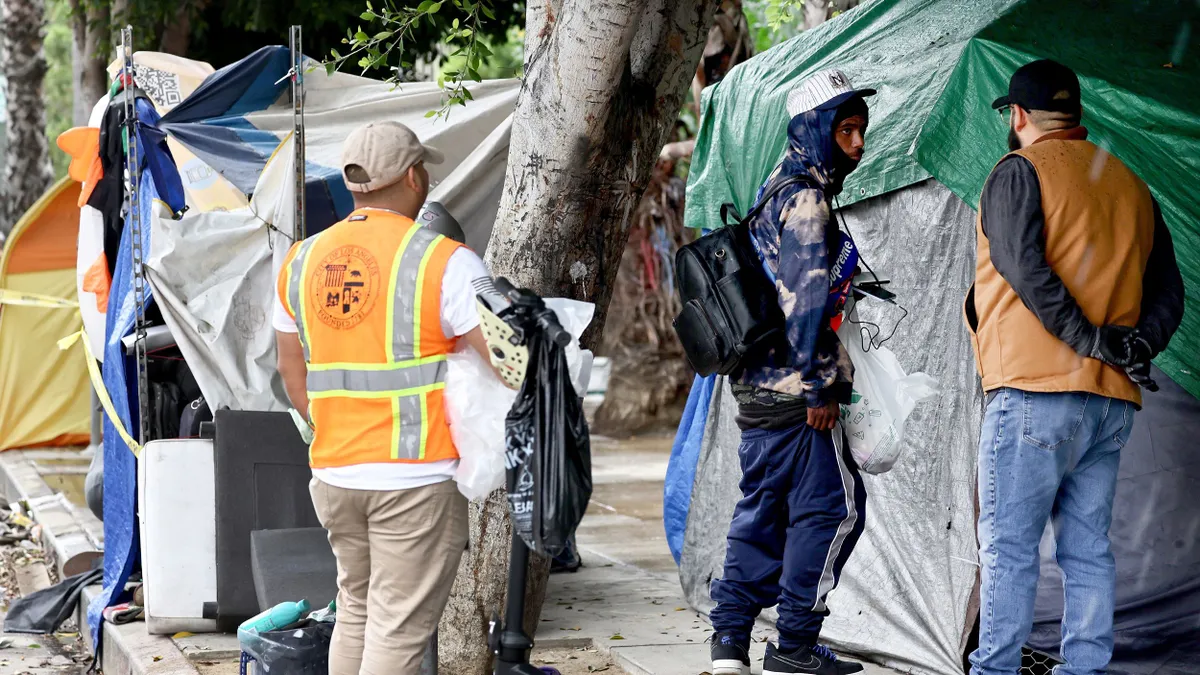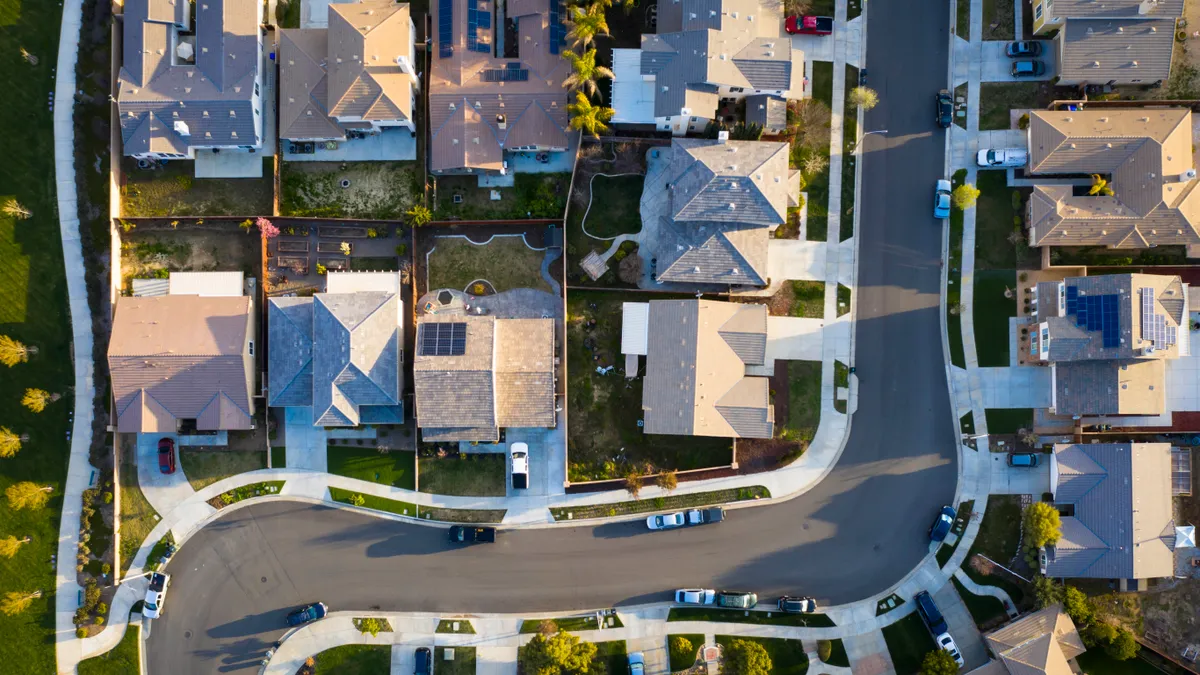What if a city could help stop homelessness before it happened? Some cities are using predictive analytics and other strategies to identify residents who are at risk.
Ensuring residents stay in their homes can preempt what’s often a traumatic experience. Armed with data, social service agencies can reach out to residents to offer financial assistance or connect them with other resources. In doing so, cities can also potentially reduce costs associated with homelessness, such as the expense of building and operating shelters. Taxpayers spend $30,000 to $50,000 annually to cover the costs of one homeless person, according to the United States Interagency Council on Homelessness.
“Without connections to the right types of care, [people experiencing homelessness] cycle in and out of hospital emergency departments and inpatient beds, detox programs, jails, prisons, and psychiatric institutions — all at high public expense,” the Council said in a brief on supportive housing.
Although homelessness prevention makes financial and humanitarian sense, research in this area is limited, said Janey Rountree, executive director of the California Policy Lab, a nonpartisan organization focused on public policy research.
Each year, Los Angeles County provides 2 million single adult county residents with housing, health and emergency services — about 2% of those receiving assistance become homeless, according to CPL. But it has been difficult to know who is on that trajectory, Rountree says.
Predictive analytics can help identify at-risk individuals. Of the approximately 80,000 stably-housed, single adults and family heads of household who are eligible for services that the county’s Homelessness Prevention Unit provides, the prevalence of homelessness is about 5%. Based on CPL’s models, 30% of those on the high-risk list and who are referred to HPU will become homeless, Rountree says.
For HPU clients who are identified as high-risk, the Los Angeles County Department of Health Services provides single adult participants with either $4,000 or $6,000 in financial assistance, and family participants are offered either $5,000 or $7,000. Of the 54 clients in the initial HPU pilot, 90% self-reported that they kept their housing, Rountree says.
Spikes in service use and greater use of multiple services from a single agency, among other information, signaled a higher risk of users becoming homeless.
These results show that “a data approach was more accurate than relying on human workers to identify those most at risk of homelessness,” Rountree said. That’s mainly because computer models can process far more information than people.
While completing research for his master’s degree, Colin Middleton, a data scientist at the consultancy Gordian Data, worked with a local utility company to study whether anonymized utility billing data was a useful proxy for individuals’ financial status. His model linked that utility data with information provided by the city of Spokane, Washington, on the use of shelters and assistance programs. It predicted with nearly 75% accuracy those who would eventually experience homelessness.
While the results were a solid start, the model’s accuracy could be better, Middleton said. He noted the data wasn’t “super-rich” and likely not a comprehensive representation of people’s financial status. For instance, he couldn’t determine if an individual was receiving financial assistance.
Using predictive analytics to prevent homelessness requires some investment. Cities can buy a pre-built model and hire someone trained to run it, or they can hire someone to build and run a custom model, Middleton said.
Cities also need access to relevant data about residents’ financial and health status and policies to safeguard privacy. After CPL uses de-identified data to determine which residents are at risk, they send the information to the county, which has tools to protect the data when it re-identifies the individuals, Rountree said.
Public support can also be a roadblock. Taxpayers may point to the assistance already available in many cities and ask why those who need help don’t use it, said Priyank Arora, an assistant professor in the management science department at the University of South Carolina’s business school. Many people don’t understand how much time it takes to seek help, which can be particularly difficult for those working multiple jobs. Predictive analytics present an opportunity for cities to connect with people who might find it difficult to reach out themselves, Arora said.
“When we want to help folks in distress, there’s always limited resources,” he said. Predictive analytics enables cities to intervene before people lose their housing and to use their resources more effectively, Arora added.


